- News
- 3 likes
- 74516 views
- 0 comments
Ask yourself - would you embroider the amazing tapestry of Bayeux (1077) with a bone needle?
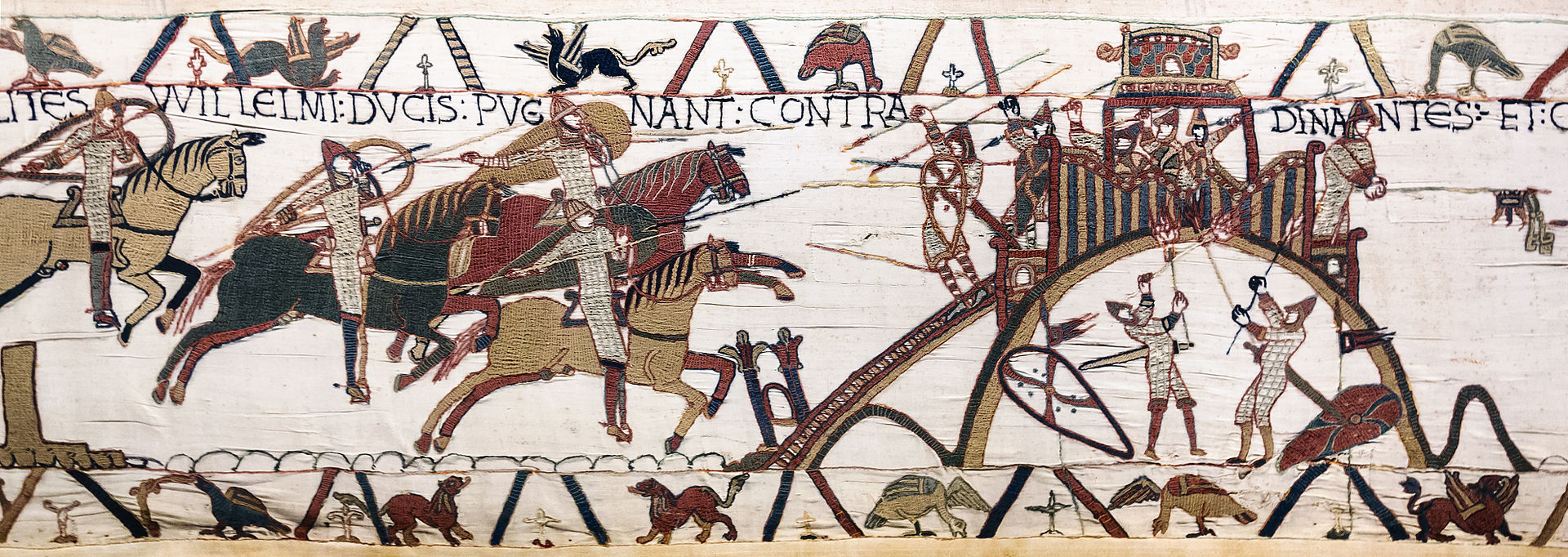
Since the Stone Age, we have known needles made of various materials such as bone, antler, horn and fatwood as well as wood, later metals and rarely glass, for example, were added.
These bone needles from 13,000 BC don't change much from the ones I make by hand - check them out HERE.
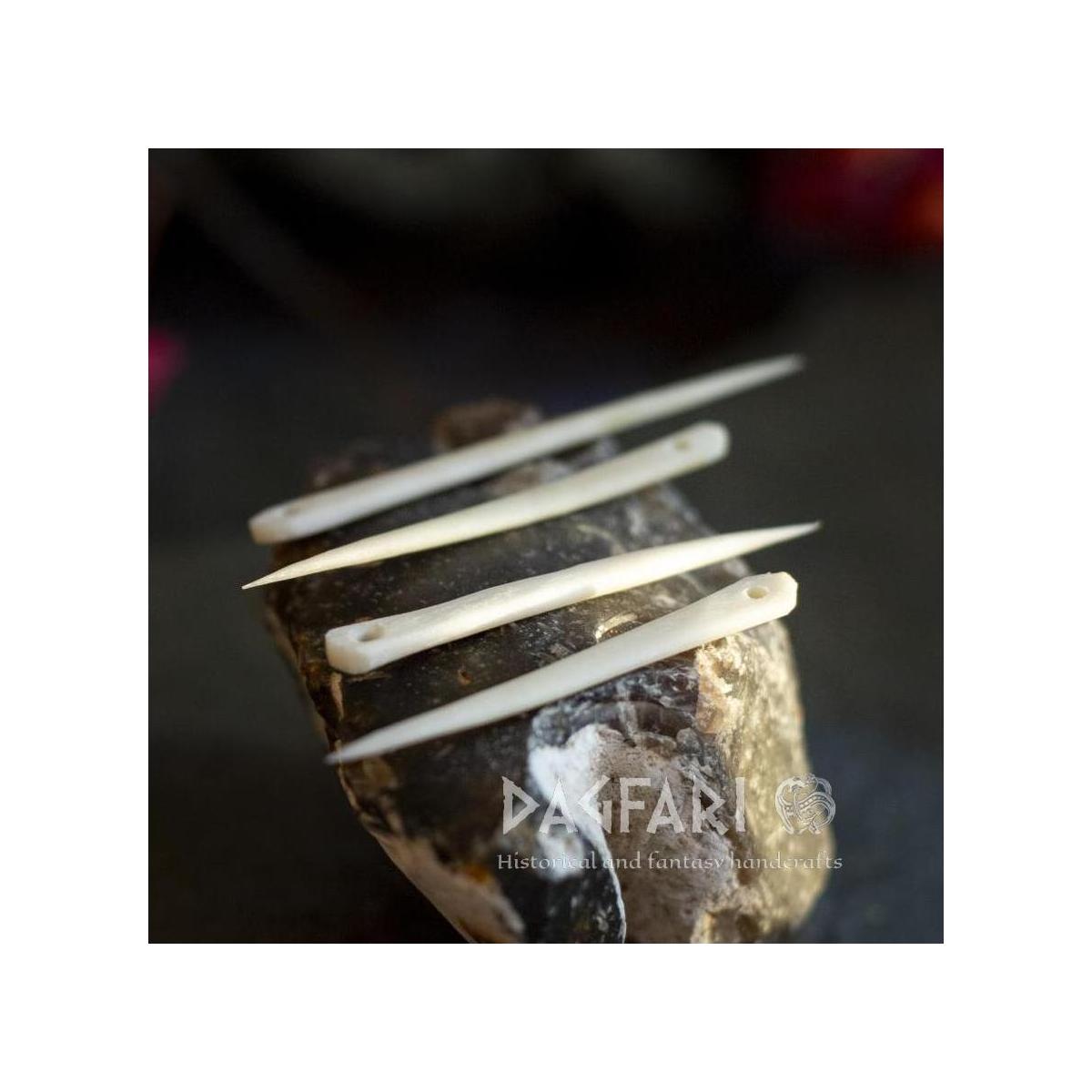
At first, primitive spikes were used to pierce furs so that a cord could then be threaded through to create a primitive garment. As evolution goes forward, people invented the eyelet so that this process could be joined together and the thread pulled through with the stitched material being pierced.
From the primitive thick needles, the sewing craft got so far ahead that in the 17th century, the Worshipful Company of Needlemakers guild was even formed in England to produce quality needles, and by the 19th century, the needle industry had grown to 10,000 employees and the production of 50,000 needles a week, which were then exported all over the world.
Needles varied in quality of workmanship and also in thickness and size, as well as the purpose for which they were used. Those made of natural materials were used not only for sewing clothes, but also for various types of knitting (nalebinding) and for nets, bracelets, belts, etc. Metal needles have also been found in Viking settlements in Scandinavia and Denmark, which do not differ much in shape from modern ones. They are really small, thin and metallic. There aren't many iron ones left, it's clear that over hundreds of years such a small material would crumble to dust. Metal needles have survived mainly because of special needle cases and this dates back to Roman times (about 50 BC.
(Magdalenburg) and thus confirm the skill of our ancestors.
Needle shapes can be found with both round pierced and pierced eye, as well as those with a Y-shaped tip, which then together formed elongated eyelets.
By the time of the Vikings in the 9th-11th centuries, the practical round-pointed needles had already displaced the long-pointed ones.
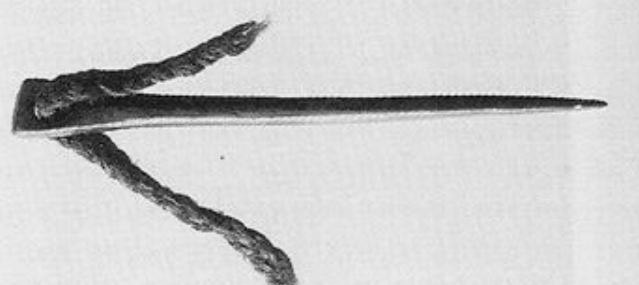

Such a trend is noted as early as the 8th - 12th century on needle finds in England (York, Beverley) and there are then records of needles with a round hole for thread made of copper alloy material (Coppergate). In later times, the production and refinement of the process also took place in Germany, in Norimberg and Aachen.
So what to say in conclusion to this short blog post? The trend for round eyelets has been known to us since the early Middle Ages, and the production of such needles by the method of drilling or puncturing the eyelet was certainly quicker for the mass production of the craftsmen of the time, given the demand for such period textile implements.
We intend soon to study thimbles, needle cases and needle holders, whether of straight bird bone, antler and metal or leather. Sewing is so important to us and so little attention is paid to these important little things that have accompanied women for thousands of years and they have always treated them as their greatest treasures :)
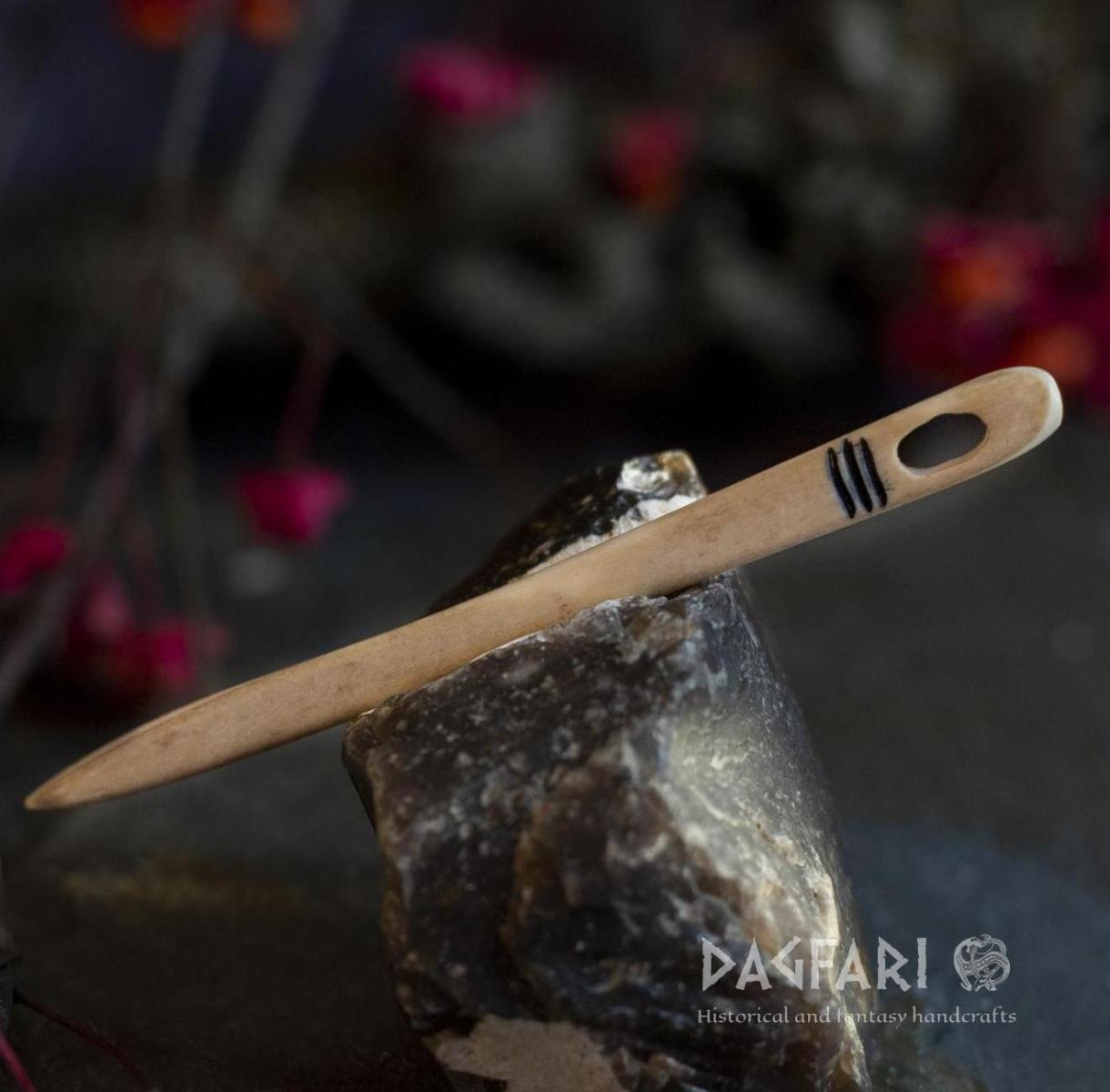


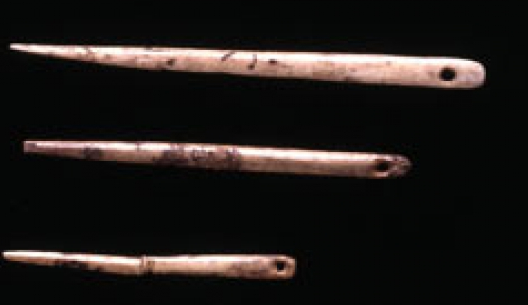
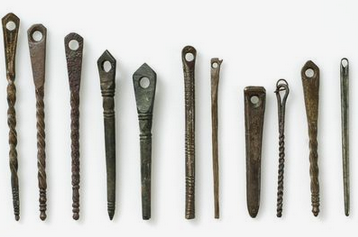
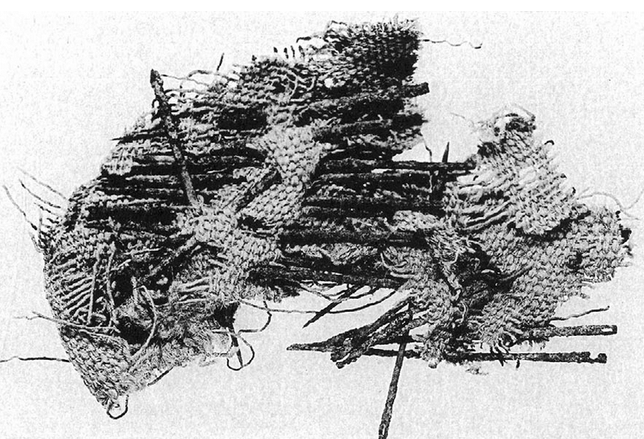
Comments (0)